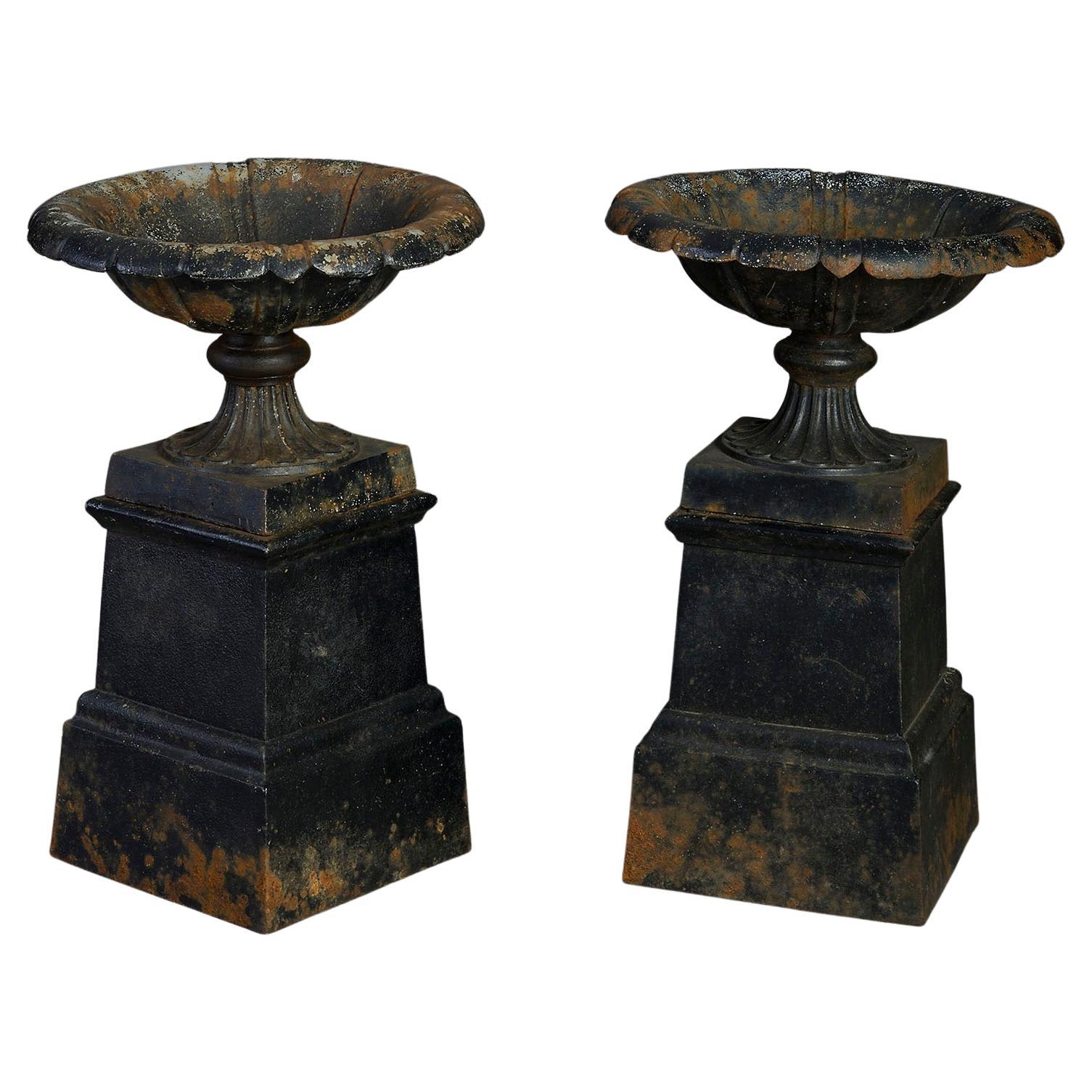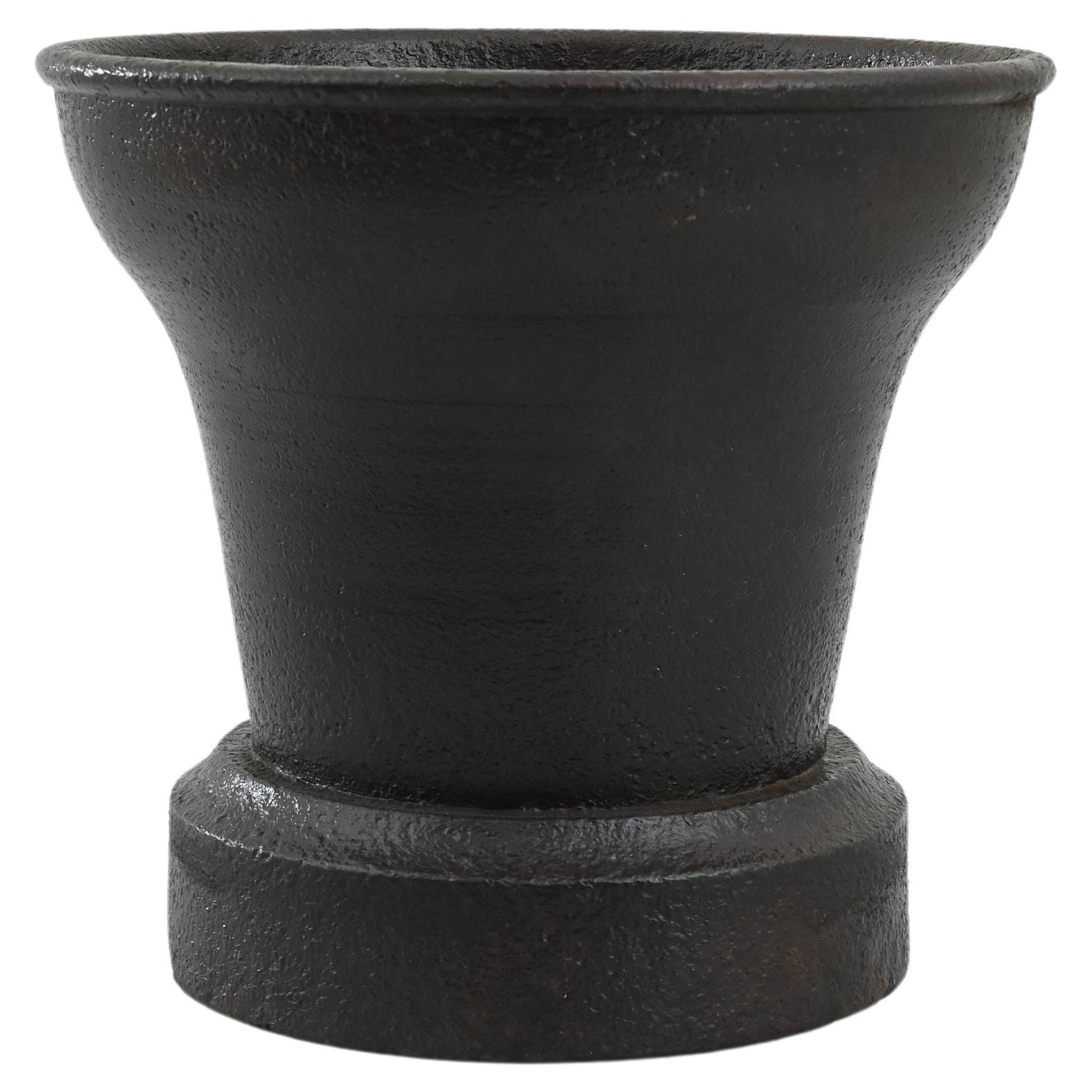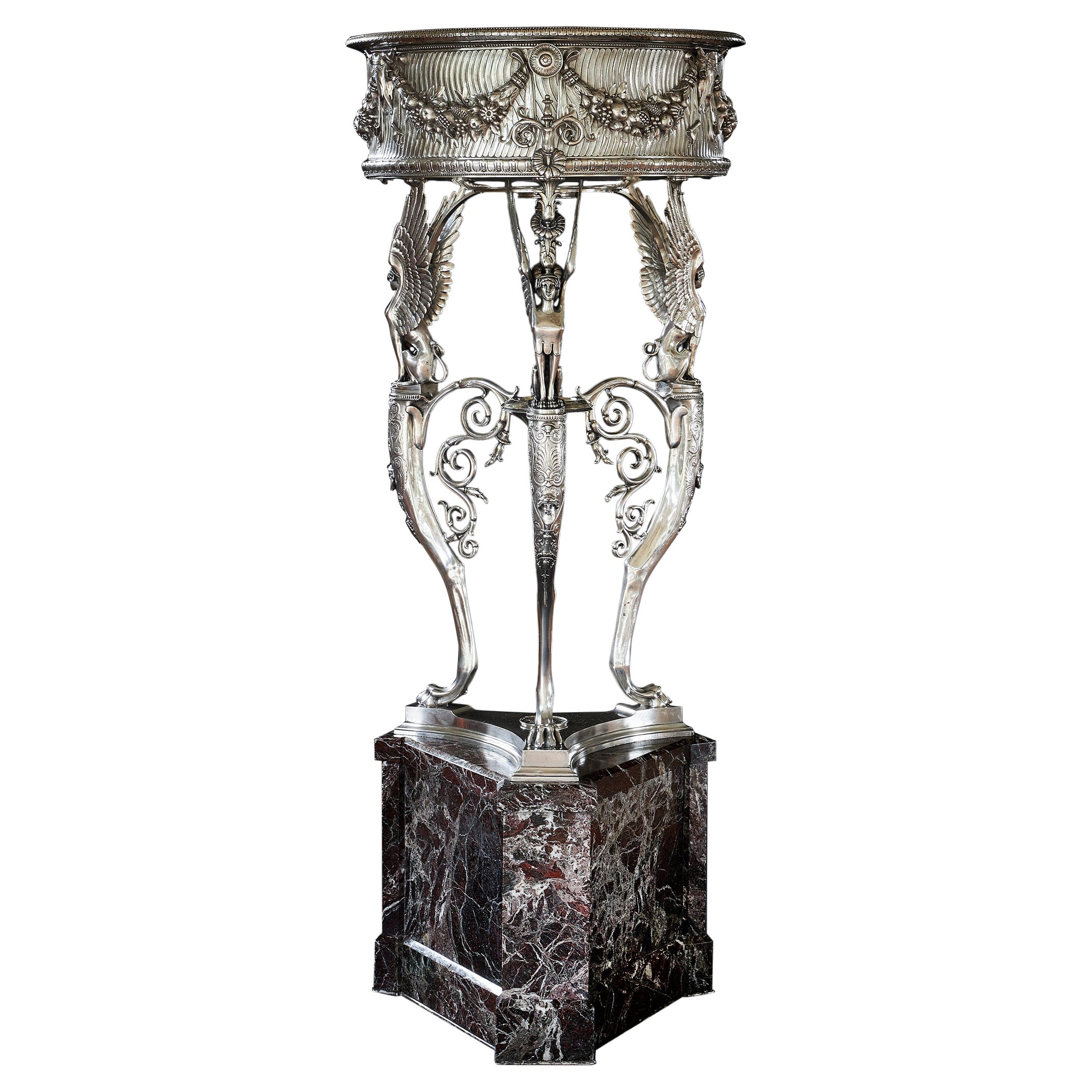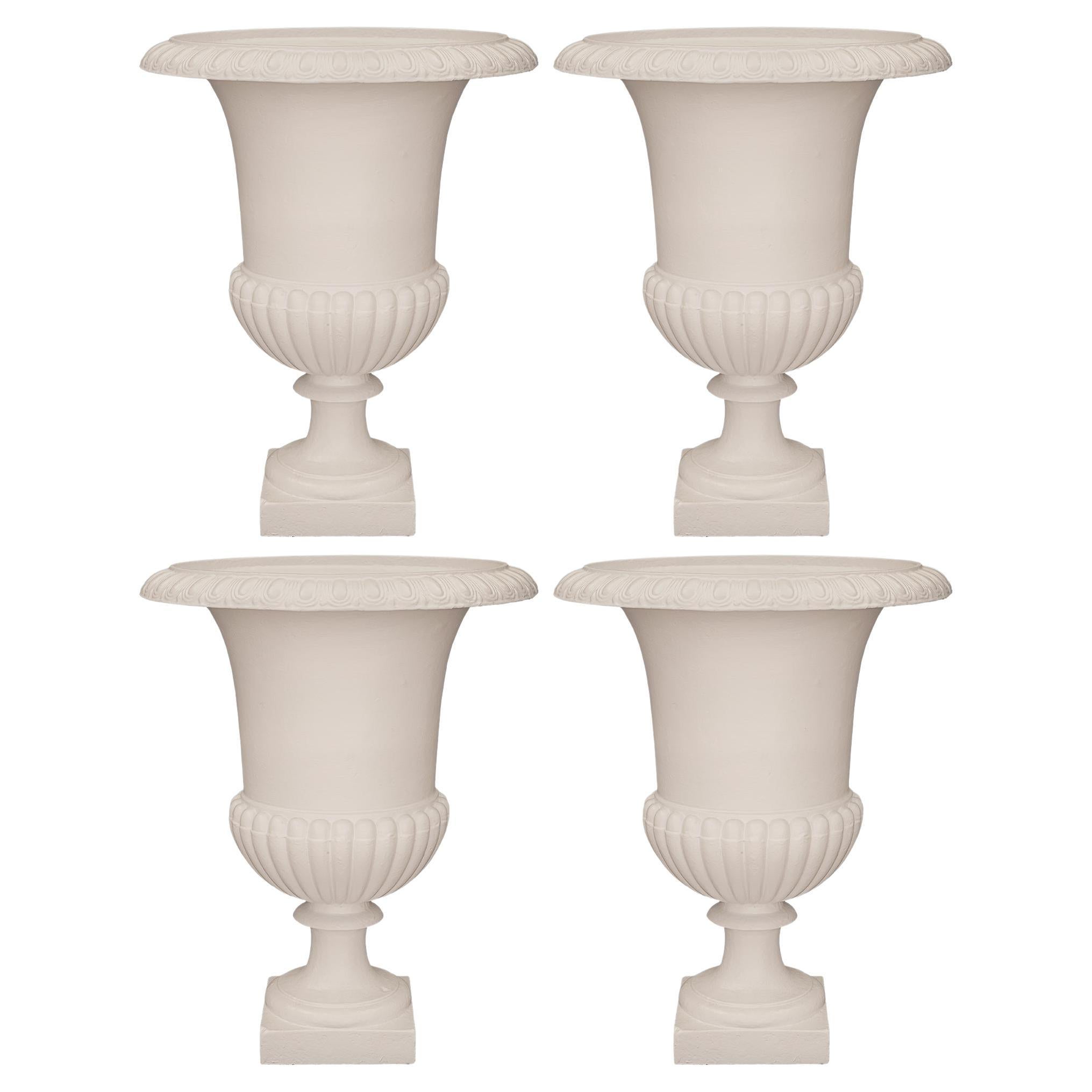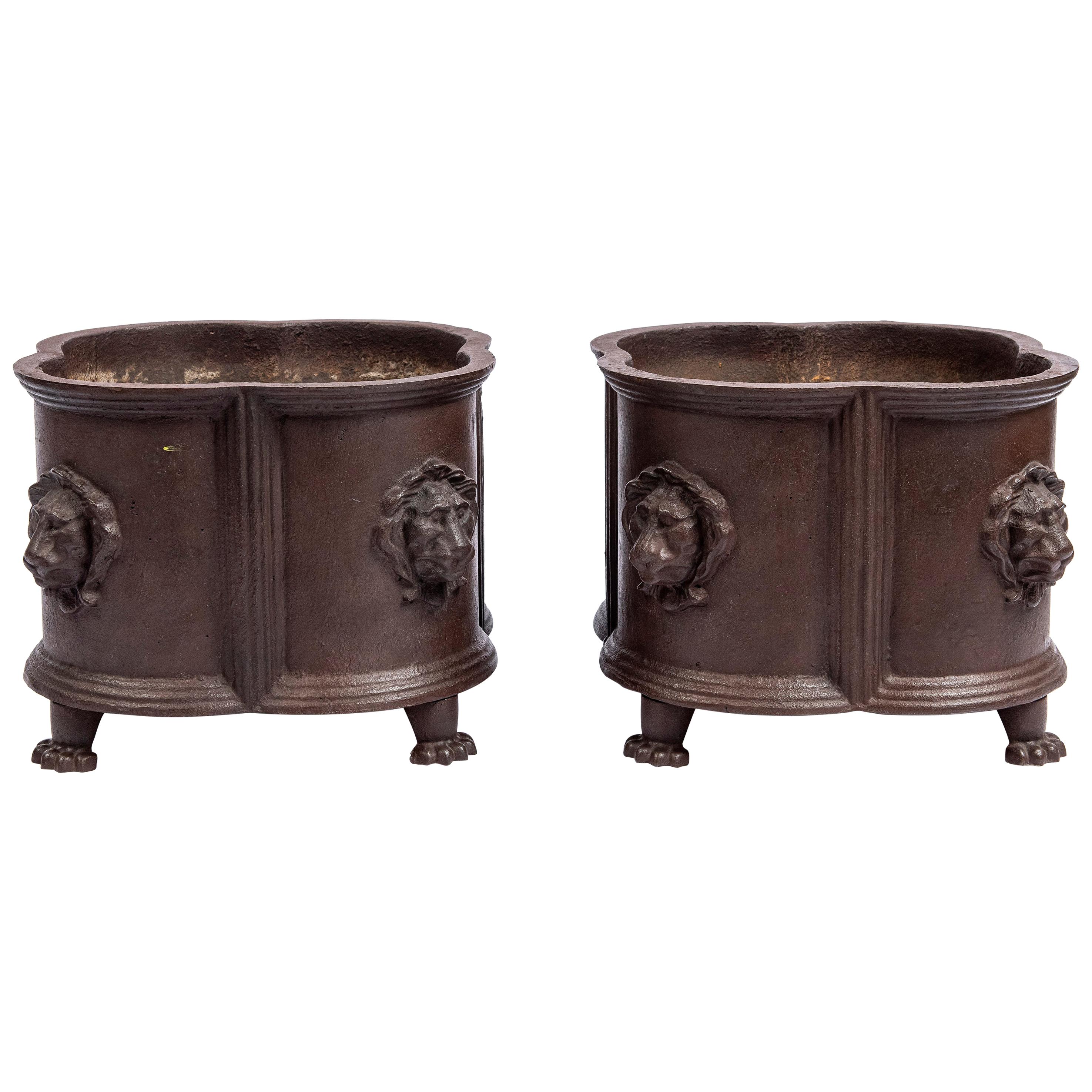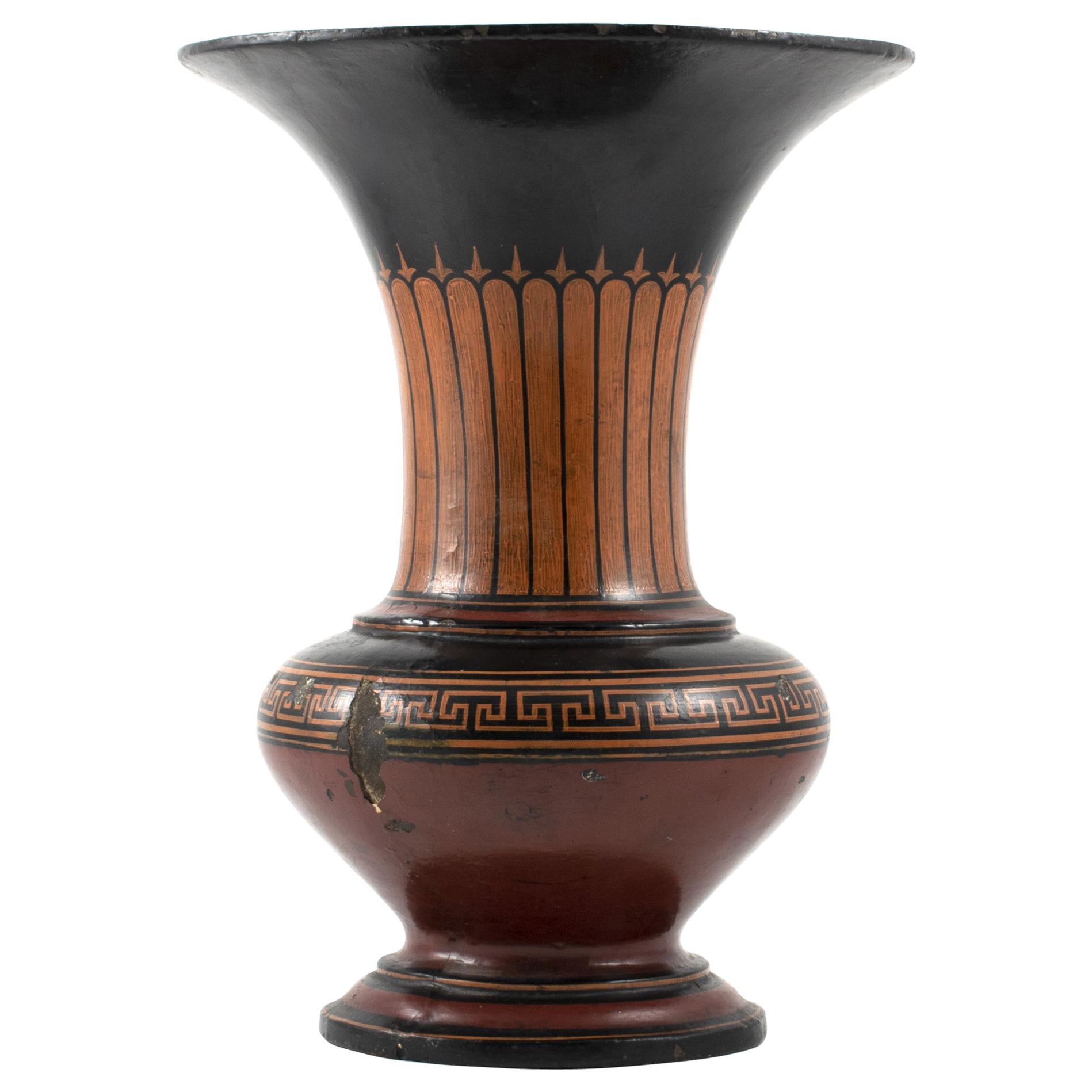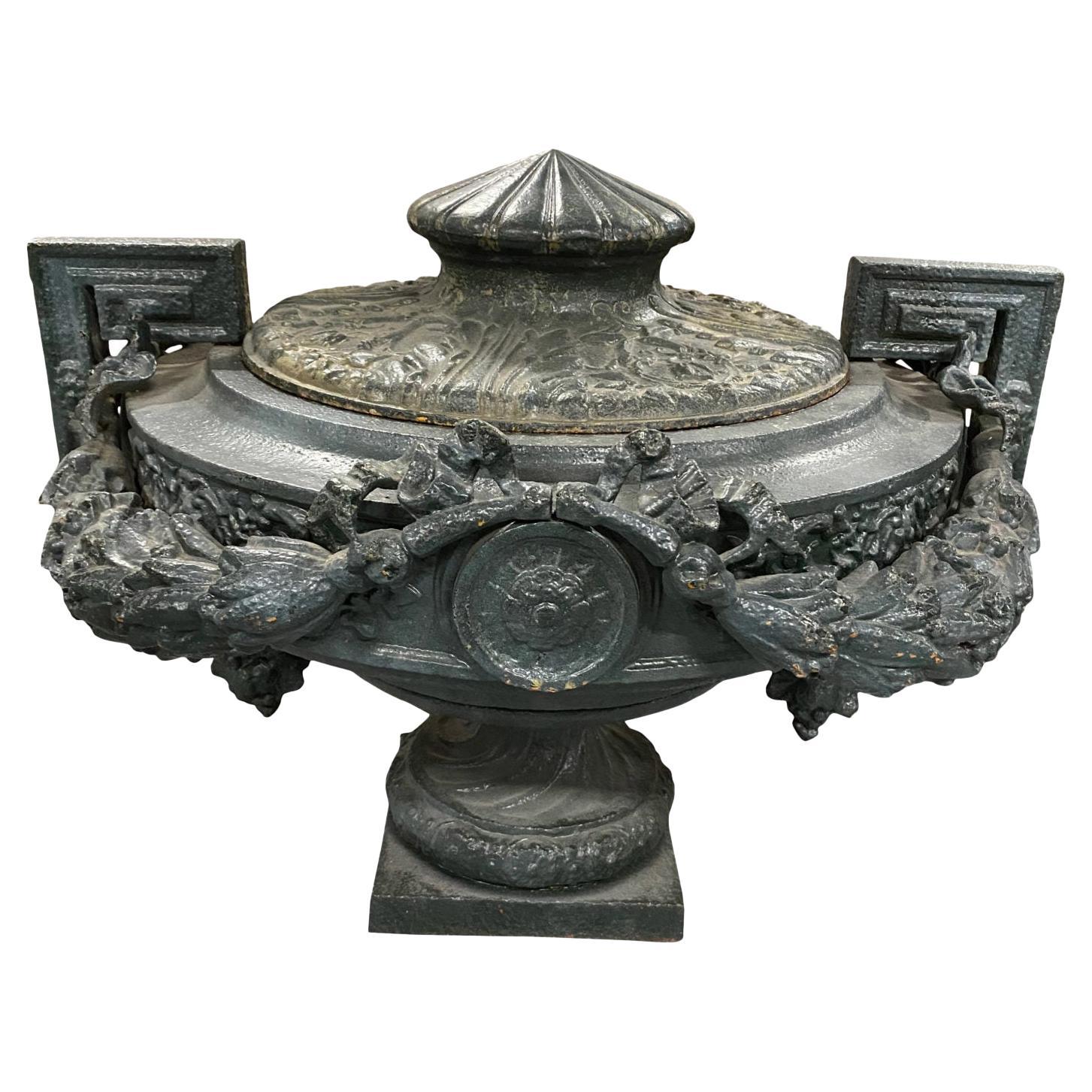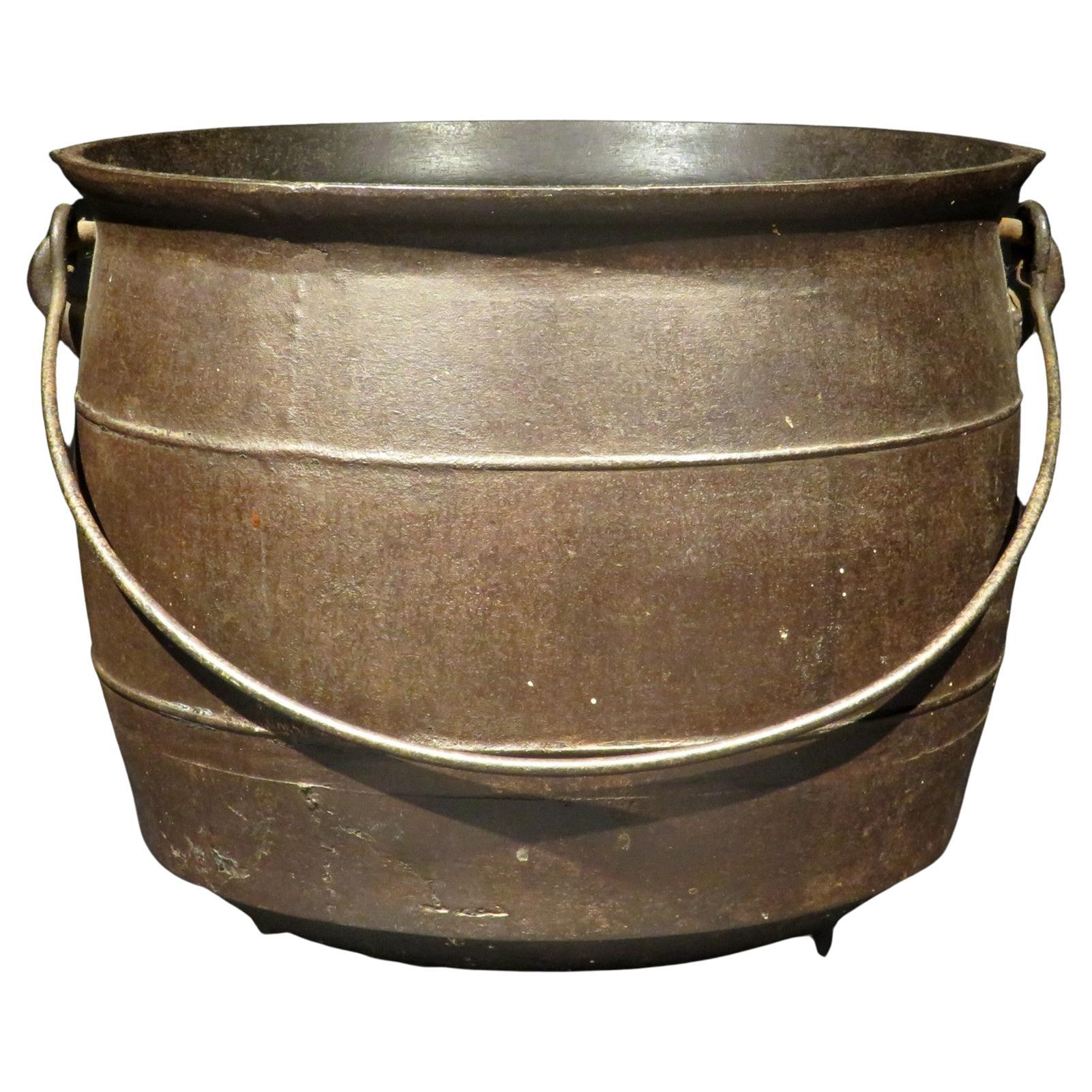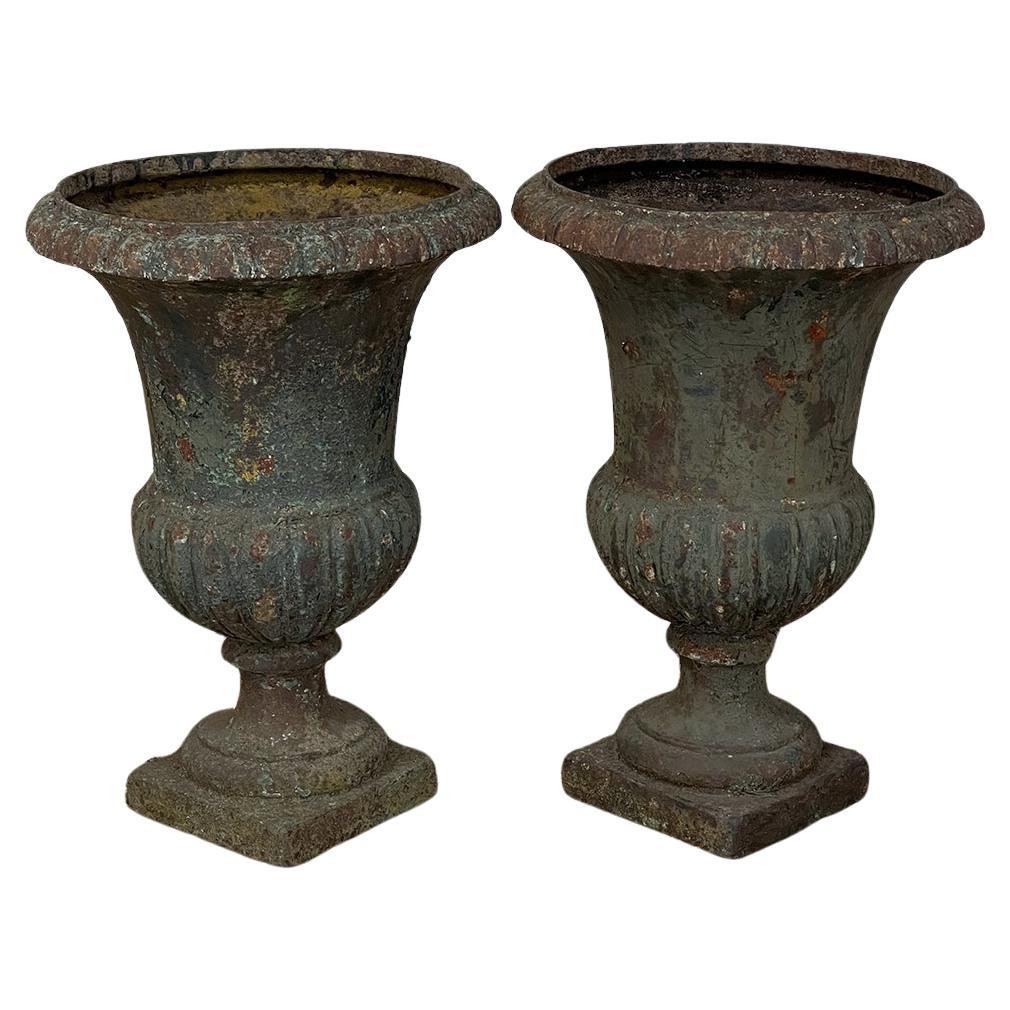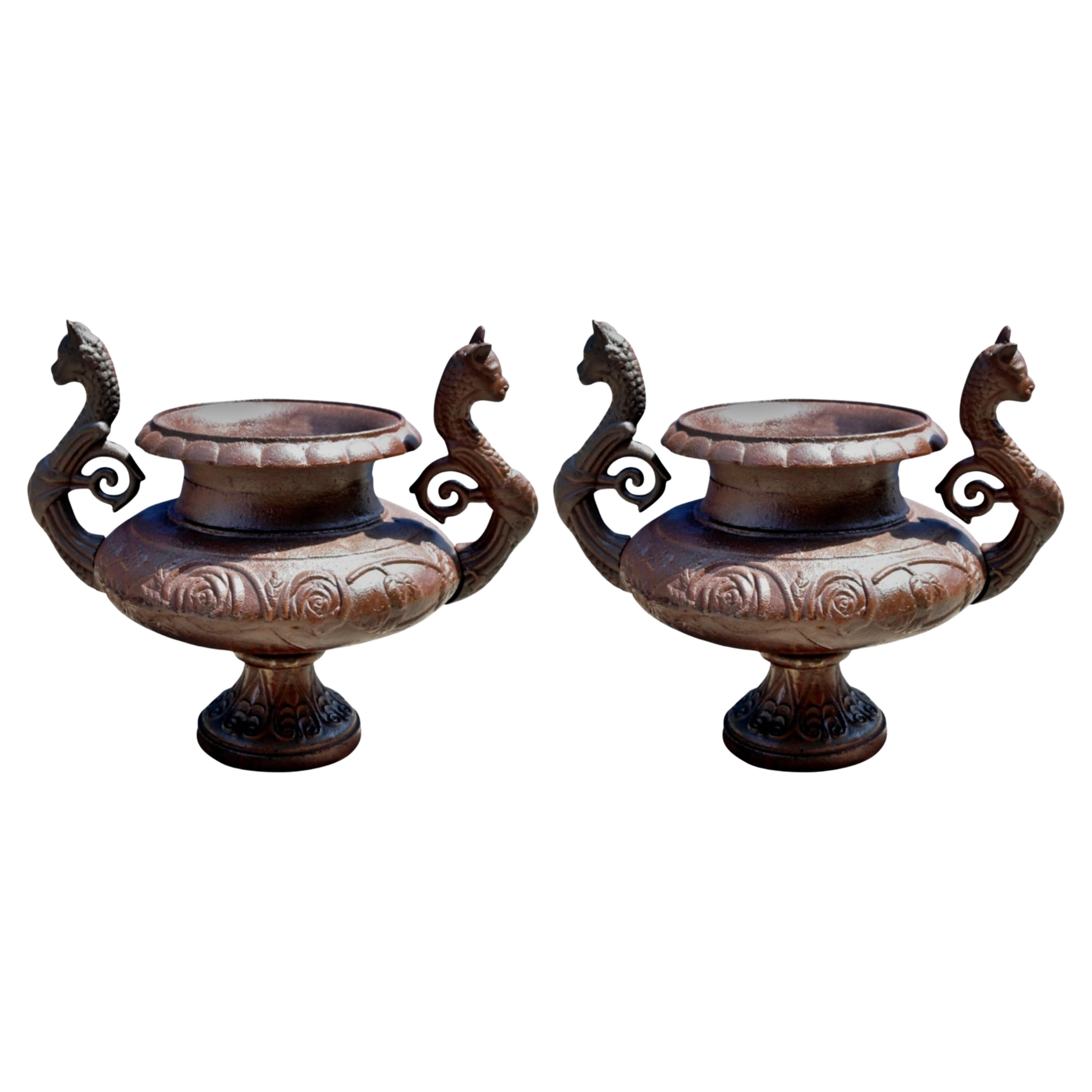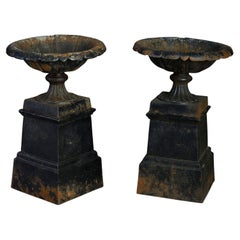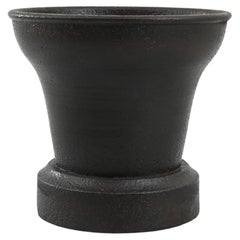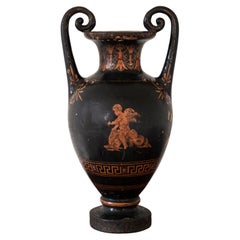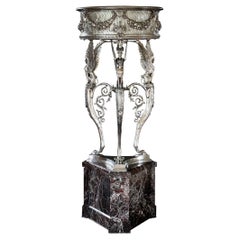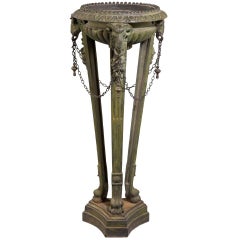
Mid-19th Century Cast Iron Athenienne
View Similar Items
1 of 6
Mid-19th Century Cast Iron Athenienne
About the Item
- Dimensions:Height: 41 in (104.14 cm)Width: 14 in (35.56 cm)Depth: 6 in (15.24 cm)
- Materials and Techniques:
- Place of Origin:
- Period:
- Date of Manufacture:circa 1860-1870
- Condition:
- Seller Location:Peterborough, GB
- Reference Number:Seller: 56921stDibs: LU103281101766
Authenticity Guarantee
In the unlikely event there’s an issue with an item’s authenticity, contact us within 1 year for a full refund. DetailsMoney-Back Guarantee
If your item is not as described, is damaged in transit, or does not arrive, contact us within 7 days for a full refund. Details24-Hour Cancellation
You have a 24-hour grace period in which to reconsider your purchase, with no questions asked.Vetted Professional Sellers
Our world-class sellers must adhere to strict standards for service and quality, maintaining the integrity of our listings.Price-Match Guarantee
If you find that a seller listed the same item for a lower price elsewhere, we’ll match it.Trusted Global Delivery
Our best-in-class carrier network provides specialized shipping options worldwide, including custom delivery.You May Also Like
Pair of Mid-19th Century Cast Iron Tazze
Located in London, GB
A pair of mid-nineteenth century early Victorian Period cast iron tazze, the foliate vases set upon square stepped plinths.
Circa 1840 England
Dimen...
Category
Antique Mid-19th Century English Victorian Vases
Materials
Iron
$3,055 / set
19th Century French Cast Iron Mortar
Located in High Point, NC
Elevate your home décor with this exquisite 19th Century French Cast Iron Mortar, a piece that marries historical significance with rustic charm. This robust mortar, crafted from the...
Category
Antique 19th Century French Jars
Materials
Iron
Rare 19th Century Neoclassical Cast Iron Urn
Located in Allerum, SE
Rare 19th-century neoclassical cast iron urn / vase with a mythological motif. Copenhagen, Denmark, circa 1850.
Category
Antique Mid-19th Century Danish Neoclassical Urns
Materials
Iron
19th Century Silvered Bronze Athénienne Jardinière by Ferdinand Barbedienne
By Ferdinand Barbedienne
Located in Oxfordshire, United Kingdom
A French silvered-bronze athénienne by Ferdinand Barbedienne, Paris, last quarter 19th century with a revolving liner, the frieze applied with bucrania suspending ribbon-tied berried laurel swags above a border of bellflowers on a stippled ground above three seated female sphinxes issuing stylised foliage and scrolls on lion monopodia cast with the mask of Hercules, scrolling foliage and anthemions joined by stretchers, raised on a concave-sided triform marble base on a further thin silvered-bronze base, inscribed to the tripod base 'F. BARBEDIENNE'
Measures: 103.3cm. high, 41.5cm. diameter; 3ft. 4 3/8 in, 1ft. 4 1/4.
This impressive athénienne is a key reminder of the longevity of a particular model and design’s success from Antiquity through to the 19th century and up until this day. Typically known as the ‘Trépied du Temple d’Isis’, this athénienne is designed after the Roman antique originally found at Pompeii and now at the Museo Archeologico Nazionale, Naples (fig.1). From being for example an inspiration for the baptismal font of Napoléon’s son in 1811, this model was the inspiration to many highly skilled makers throughout the 19thcentury such as the Manfredini brothers from Milan and of course the Parisian well-established bronze founder Ferdinand Barbedienne who executed the present example.
The Temple of Isis was a Roman temple dedicated to the Egyptian goddess Isis and was among one of the first discoveries during the excavation of Pompeii in 1764. Certainly considered as one of the most elegant examples of antique tripods, the existence of this model was then popularized to the rest of Europe via prints, one of the first being by Giovanni Battista Piranesi in 1779. This type of tripod was also popularised by an engraving in C. Percier and P. Fontaine’s, Receuil de Décorations Intérieures of 1801. Interestingly, there is also a watercolour now in the Musée Carnavalet, Paris, showing this type of tripod displayed at the 1801 Exposition des Produits de L’Industrie in the Louvre.
The passion for Greek and Roman Art in the 19th century.
The discovery of Pompeii and Herculaneum around the middle of the 18th century gave rise to a new passion for Antiquity and the excavated masterpieces renewed the repertoire of fine and decorative arts and served as models for Neoclassicism. Members of the aristocracy as well as connoisseurs, particularly in England, completed their education by undertaking a ‘Grand Tour’ of Italy and often fell victim to the recently unearthed Greek and Roman artefacts...
Category
Antique 19th Century French Grand Tour Planters, Cachepots and Jardinières
Materials
Marble, Silver Plate, Bronze
19th Century French Cast Iron Mortar With Pestle
Located in High Point, NC
This 19th Century French cast iron mortar with pestle is a superb example of both utility and vintage charm. Crafted from heavy, durable cast iron, this piece is designed to last, em...
Category
Antique 19th Century French Jars
Materials
Iron
Pair of Four French Mid 19th Century Cast Iron Vases De Medicis
Located in West Palm Beach, FL
A handsome and fine quality set of four French mid 19th century cast iron Vases de Medicis. Each vase is raised on a square base with a mottled socle below the gadroon shaped urn. Th...
Category
Antique 19th Century French Vases
Materials
Iron
Recently Viewed
View AllMore Ways To Browse
Water Vessel
Water Vase
1890s French Furniture
1905 Furniture
19th Century French Furniture Blue
Antique Vase With Top
Vintage West German
Vintage Studio Pottery
White Vase With Flowers
Red Italian Vase
Blue And Black Vase
19th Century Swedish Art
White Ceramic Collection
Blown Glass Red
Venice Art Glass
1920 Lalique
Large Red Vase
1930s Green Furniture
